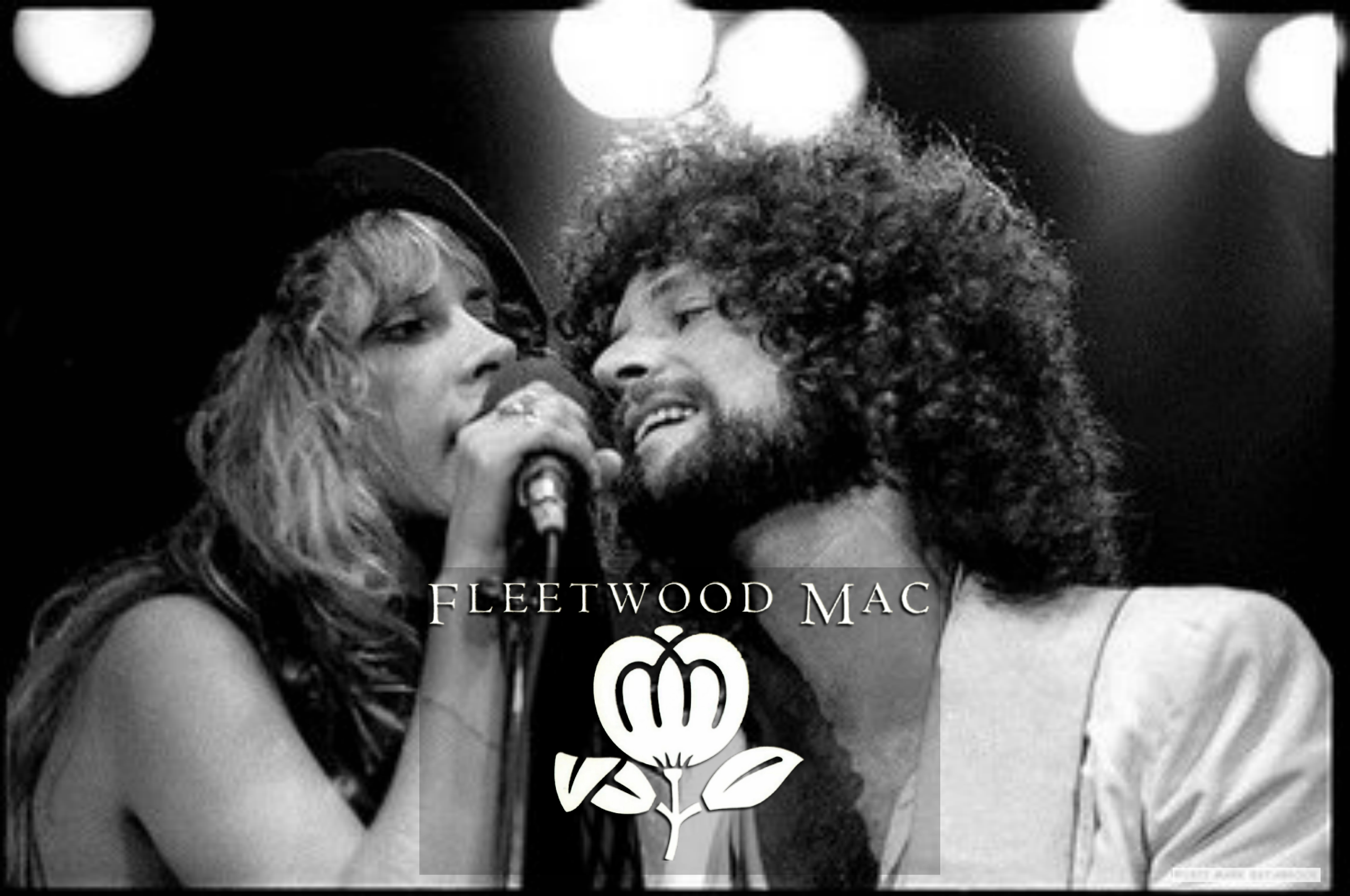Recording Vocals? Always Do These 5 Things | By Thomas Brett |

Introduction:
Regardless of how you feel about them personally, Vocals tend to be the main selling point of a song for most people. If they aren’t believable, it won’t matter how awesome the rest of the instruments sound, as you probably won’t hold the listener’s attention long enough for it to even matter…
Knowing how to effectively produce and work with a singer is just as (if not more) important as knowing how to record them properly. In this Blog we’ll take a look at some practical tips & tricks that can help you get better results out of your next vocal production session:
NOTE: This time around, we’re focusing primarily on the Production aspect of recording Vocals. Check out my “Mixing Secrets – Vocals” Article from a few weeks back for some great tips on Mixing Vocals.
https://urm.academy/mixing-secrets-volume-1-vocals/
1 – Help the Singer Feel At Home

When it comes to recording a vocalist, doing things your way may not always the best way…
Don’t Sacrifice Feel And Emotion For Technical Perfection
In a detail-oriented business like audio engineering it’s easy to get worked-up about finite details that don’t actually matter as much as we’d like to think they do. Of course it’s important to make sure you’re getting the optimal sound quality at the source, but if your first interaction with the person you’re recording resembles the following sentence then you might end up doing more harm than good:
Random Engineer – “Try and stand EXACTLY 8 inches from the microphone at a PERFECT 90 degree angle and stay ABSOLUTELY parallel to the center of the capsule AT ALL TIMES.”
What’s Wrong With This Scenario?
Sure, the position described above might technically be the the most ideal situation in which to record a voice. But ask yourself this:
What’s the point in every technical aspect of the vocal recording process being perfect, if all of your “rules” are preventing the singer from giving a solid, genuine, heartfelt performance!
Making sure the person you’re working with is able to give their very best in a comfortable work environment will have a far greater impact on the final recording than achieving the “perfect sound”. Using words such as exact, perfect or absolute at the very beginning of the process are prone to creating a stressful vibe from the get-go.
Not ideal when trying to create art!
Watch how Devin Townsend physically connects with his lyrics and basically performs while recording the vocals for his latest album “Transcendence”:
https://www.youtube.com/watch?v=NQTlvovdaEs
Magic Combinations:
Each person you work with will have specific personal preferences and a level of experience which varies greatly from the next. You can’t come up with a single set of rules and expect them to work perfectly for every possible scenario…
Your job as a producer is to find a good combination of variables that encourages greatness AND ticks the necessary quality boxes at the same time on a per-singer basis!
Here are a few things to consider each time you begin working with a Vocalist:
- Singer Positioning + Monitoring: Sticking the singer in a separate room and giving them a pair of headphones isn’t the only way to get the job done. Some hugely successful bands like U2 and Queen have made incredible albums where the vocals were simply cut in the control room with the music playing through the monitors.
- Microphone Choice: Some singers like holding a microphone in their hands, and will feel uncomfortable in a typical studio setup. Knowing when to sacrifice the sonic benefits of a condenser microphone for a better performance through a dynamic microphone can make an instant improvement in some cases.
Check out this video of Lamb of God’s Randy Blythe recording vocals for “Sacrament” as a great example of a vocalist who’s at his best with a Dynamic Microphone in his hand (Skip to 52:30):
https://www.youtube.com/watch?v=sfmESHqqn14
- Workflow: What’s the point in getting an excellent singer who likes to really get into the song and perform to record in tiny sections? – Try out various different approaches and figure out what works the best on a situational basis. Don’t just blindly stick to a certain method because it appeases your engineering OCD!
Doing whatever it takes to get the results they’re after is one of the key traits you’ll find in a good producer. It’s always important to remember that although there are definitely better and worse ways of doing things, there are no real definitive rules when it comes to making art.
2 – Try Out Some Whisper Tracks!

An awesome vocal trick that has been used in major studios for decades is the use of whisper tracks to compliment various aspects of a vocal recording.
What’s A Whisper Track?
The concept is fairly simple: Get the singer to record whispered versions of the lyrics over the initial performance as tightly as possible. These tracks can then be processed separately and blended in for effect whenever desired.
“Riders On The Storm” by The Doors is an iconic example of whisper tracks being used in a production to great effect:
https://www.youtube.com/watch?v=Wbx6gULYNbc
Why Use Whispers?
Here are a few situations where you might want to consider trying out this trick:
- To Convey Emotion/Intimacy: Whispering is a tone of voice which is heavily associated with dark thoughts, tension and secrecy. Adding whisper tracks to a song which deals with similar subject matter can really help the context in which the Lyrics are being delivered come across more accurately.
- To Add High-End “Air” to The Vocals: Given the fact that they mainly consist of breathiness with very little content below 1kHz, blending in whisper tracks can be a unique way of adding some High-End frequency content to a dull sounding vocal.
- To Emphasise Pronunciation/Diction: Whispering a line tends to be much easier than singing it. This makes whisper tracks a suitable candidate for focusing on good pronunciation and diction rather than pitch, in return giving you another way of blending in some clear transient information under your main vocal.
A lot of Kevin Churko’s “In This Moment” productions include heavy usage of whisper tracks in order to help convey the emotions behind Maria Brink’s dark lyrics. “Sick Like Me” is a Prime Example:
https://www.youtube.com/watch?v=03X0B6u-AxM
3 – Make Them Work Together! (The lyrics & Music)

A common mistake inexperienced musicians and producers tend to make when learning to write songs is working on the lyrics and music as separate entities.
This approach isn’t wrong by any means, it just means that your final track might miss out on some of its’ creative potential as a result. One of the secrets behind writing a truly great piece of music is getting the lyrics and instrumental to work together as a tight and cohesive unit that realises the full impact of what’s trying to be said.
God Save The Queen!
Take Queen’s “Bohemian Rhapsody” As An Example: This track is commonly cited as the Holy Grail of brilliant Lyricism and ranked among the greatest songs ever written.
Although the song has a rather unconventional structure, the instrumentation really helps convey the emotion of the vocals/lyrics through the tasteful mimicking of dynamics and vibe in which they were sung for each section.
Let’s take a quick look at some of the moments of “Tasteful Interplay” between the Vocals and Instruments in Bohemian Rhapsody:
- Singer Freddie sings “Any way the wind blows” and a whooshing, phase-y synth sound pans between the speakers.
- Directly after the Lyrics “Sends shivers down my spine…” Guitarist Brian May strums a twinkling “shiver” sound across the strings on the guitar headstock.
- The doomy, heavy guitar riff comes in with a huge sense of impact when Freddie Mercury sings the desperate lines “Gotta leave you all behind and face the truth”.
- The entire backing track dies down to a very soft and dynamic performance in order to usher in and fit perfectly with Freddie’s solemn closing lines “Nothing really matters, anyone can see. Nothing really matters, nothing really matters to me.”
Queen Guitarist Brian May talks about the writing and production process behind Bohemian Rhapsody (skip to 7:30 for the vocals):
https://www.youtube.com/watch?v=v15oIktGJOo
NOTE: These are just a handful of examples from within single track, but you get the point… I’m sure you’ll find similar techniques being used in many of your favourite tracks if you take a closer look!
My overall point on this topic is that it’s important to keep an eye out for moments where you can inject “little droplets of brilliance” into the song by tying the vocals and instruments together in creative ways.
These small details may seem insignificant in context of the big picture, but will eventually add up to a better final product.
4 – Study The Greats: Good Vocal Layering Goes A Long Way!

As much as recording techniques have changed since the 70s and 80s, the main reasons why we form strong connections with songs as listeners haven’t.
Here are a few Vocal Production lessons that can be taken from a varied selection of successful classic productions:
A – Fleetwood Mac – “Dreams”: One Microphone, Multiple Harmonies

- The fact that Guitarist Lindsey Buckingham and Singer Stevie Nicks were struggling in their personal relationship during the making of the “Rumours” album made for some real, heartfelt performances when they were tracking backing vocals together simultaneously on a single microphone.
Fleetwood Mac Producer Ken Caillat talks about recording the backing harmonies on “Dreams” (8:32 Onwards):
https://www.youtube.com/watch?v=71QDQm3pk6s
- Although the lack of bleed and added control you get from tracking backing vocals separately is great, allowing the singers to vibe-off of each other and interact in real time around a single Omni-Directional microphone can often lead to better results.
- If you want more control over each voice then you can always use multiple microphones and place the singers in strategic positions to achieve similar results:
Grammy Award-Winning Engineer Mike Harris Talks About Recording Multiple Harmonies Simultaneously:
https://www.youtube.com/watch?v=jm04guegDHc
B – Def Leppard + Mutt Lange: A Producer With A Vision of Greatness

- Superstar Producer Robert “Mutt” Lange produced a series of albums with Def Leppard in the 80s which are now viewed as monumental breakthrough moments in recording and music production history.
- A huge part of the sound of these albums comes down to Mutt’s experimental approach to making music and meticulous attention to detail when putting together vocal arrangements and harmonies for each song.
- A lot of successful modern-day metal producers such as Joey Sturgis and Kevin Churko often cite these albums as having a big influence on their own mixing and production styles. (Which, in my opinion comes definitely comes across in their extensive usage of Vocal layering)
- Regardless of whether you agree with Mutt Lange’s production style or not, the fact that these albums have stood the test of time and still have an impact on engineers everywhere says a lot about the importance of having a vision.
C – Iron Maiden – Number Of The Beast: Why Distract From An Already Great Performance?

- At the complete opposite end of the 80s production spectrum, we have an Iron Maiden track which relies on the simple fact that Bruce Dickinson is a truly phenomenal vocalist that puts a lot of theatricality into his singing.
- The iconic scream at the start of the track was the emotional result of Bruce’s built-up frustration at Producer Martin Birch getting him to re-do it so many times while trying to get the perfect take.
Check out this isolated vocal stem of “Number Of The Beast”. Notice how Bruce Dickinson’s Delivery is extremely passionate and on point:
https://www.youtube.com/watch?v=aNIyKNBgbIQ
5 – Conclusion: Don’t Over Do It!

It’s important to make sure that every decision you make while producing a song exists for a good reason. Just because YOU CAN do something doesn’t necessarily mean YOU ALWAYS SHOULD…
This concept is extremely applicable when it comes to the vocal production process as it’s all too easy to get carried away with the amount of “studio trickery” you’re using to try and enhance each and every section.
Closing Words – Quality Over Quantity
As I’ve talked about previously in this article, well thought-out, High-Quality vocal layering can really help give a production some extra lift and “oomph” when needed.
However, on the other side of the coin, over-doing it when your core vocal performance isn’t really that strong to begin with can actually amplify the sense of mediocrity and come across as a fairly obvious “band-aid” to the listener.
No matter what situation you find yourself in, do whatever you need to do to get the job done. But always remember this:
A Great Performance Will Beat Technical Perfection
Any Day Of The Week!
FINAL WORDS:
This concludes “Recording Vocals? Always Do These 5 Things.” I hope that this article has given you some new ideas to try out during your next project. Be sure to comment below if any of this information has helped you out, or if you have any questions.
Stay tuned for more production/mixing related articles in the not-so-distant future!
Thomas Brett is a producer, mixing engineer and songwriter at Brett Brothers recording studio in the UK. Check out the Brett Brothers studio website for more information and articles on all things mixing www.brettbrothersstudio.com
Want mix tips from Thomas Brett? Read them here!
 Nail The Mix is our online mixing school that gives you REAL multi-tracks from REAL bands, plus a mixing class from the producer who recorded it. Past guests include Periphery, Chelsea Grin, Machine Head and State Champs. Join now for instant access!
Nail The Mix is our online mixing school that gives you REAL multi-tracks from REAL bands, plus a mixing class from the producer who recorded it. Past guests include Periphery, Chelsea Grin, Machine Head and State Champs. Join now for instant access!

Don’t sacrifice emotion and feel for perfection… Hit the nail on the head! So many people go for the perfect vocal take, which is why demo vocal tracks sound awesome, because they have that rawness!
Then again, the perfect vocal most likely provides more clarity, with better vocal equipment and isolated in-studio sonics.